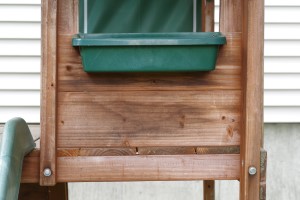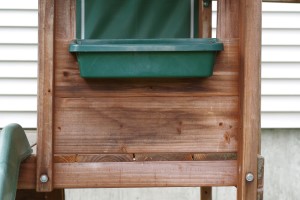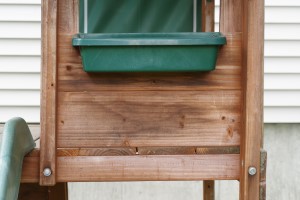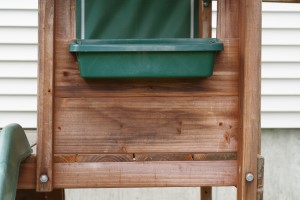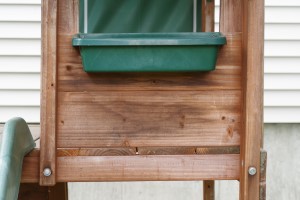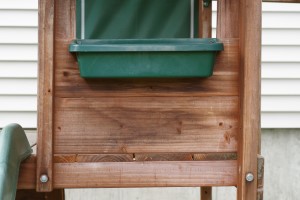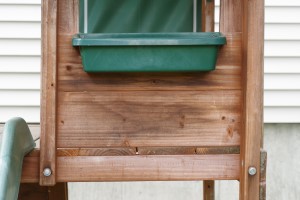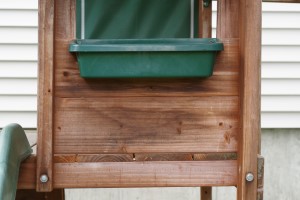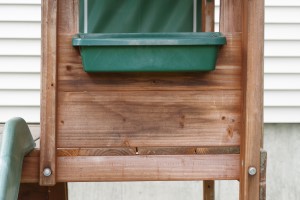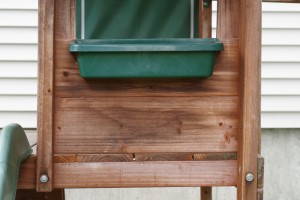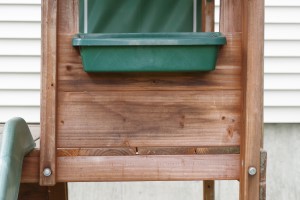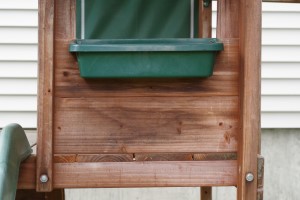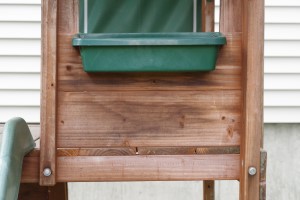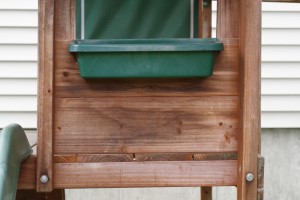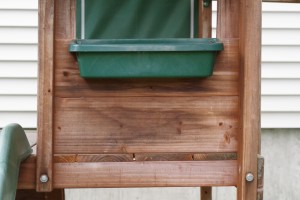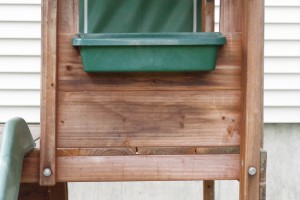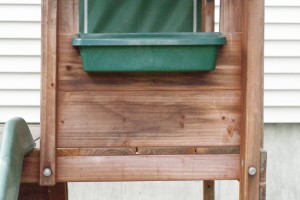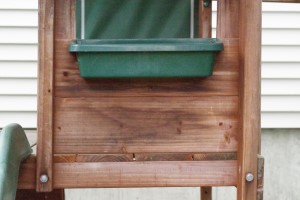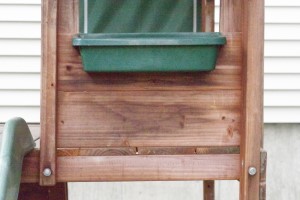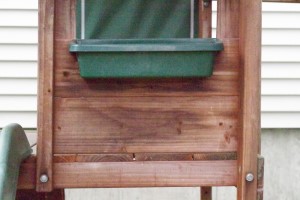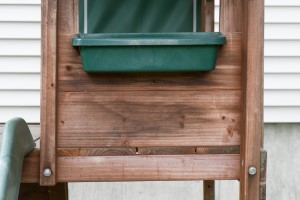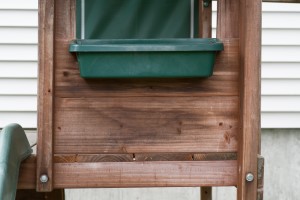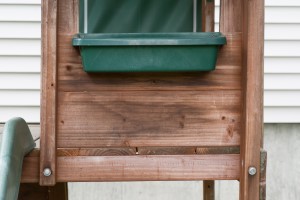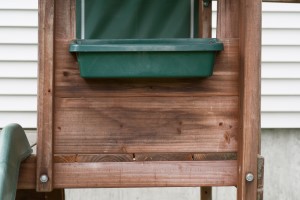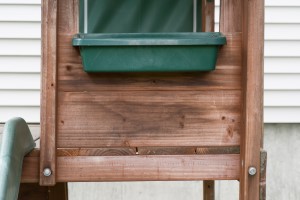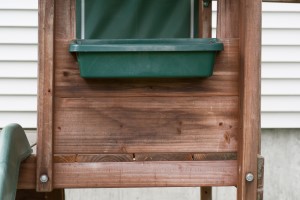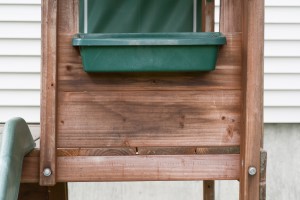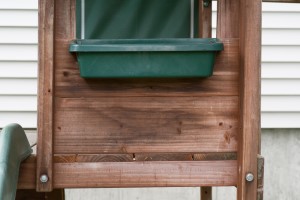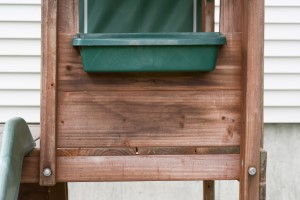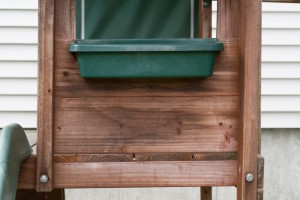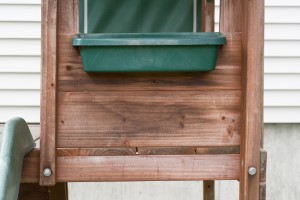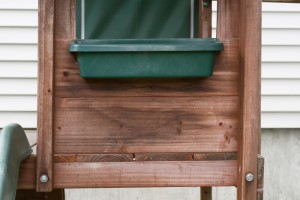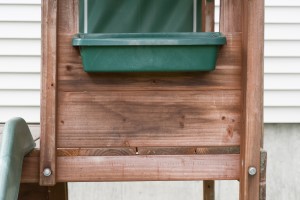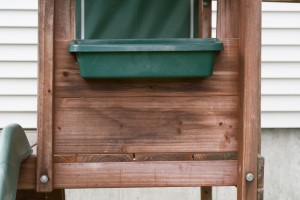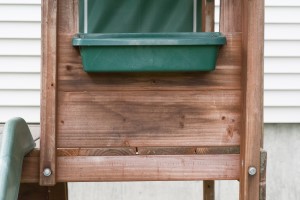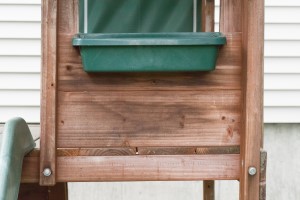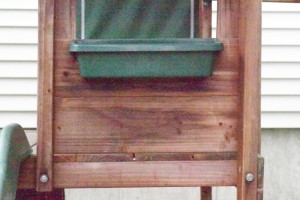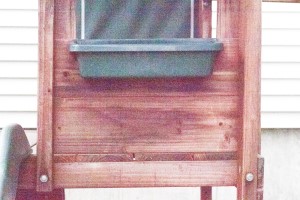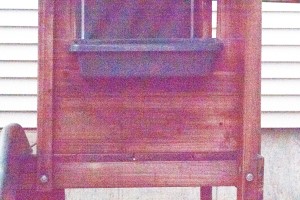Pentax K-1 Mark II vs K-1 Review
ISO Comparison: Day Scene
To supplement the test presented in the previous scene, we present two full-resolution scenes which can help to get a better understanding of the differences between the K-1 and K-1 II regarding noise handling.
The first scene was captured in daylight using the FA 77mm Limited lens and a sturdy Oben tripod. The two seconds timer was used and focus locked before capturing the first image. All images were shot in RAW+ mode and developed in Lightroom. Default development settings were used in both cases. We used auto white balance, "bright" custom image with default settings, no in-camera noise reduction, and no lens corrections.
In-camera JPEGs
We will first look at how the two cameras compare when generating JPEGs in-camera.
| K-1 | K-1 II | |
| ISO 100 | ||
| ISO 200 | ||
| ISO 400 | ||
| ISO 800 | ||
| ISO 1600 | ||
| ISO 3200 | ||
| ISO 6400 | ||
| ISO 12800 | ||
| ISO 25600 | ||
| ISO 51200 | ||
| ISO 102400 | ||
| ISO 204800 | ||
| ISO 409600 | | |
| ISO 819200 | |
The findings of the previous section hold. Until ISO 25600, the K-1 II is able to preserve more detail AND keep noise levels lower. This is hard to see unless the images are viewed at full size (which is an indication that the differences are not that great). In particular, we suggest readers take a look at the bottom left nut, the wooden texture to its right, and the even brown surface below it.
At ISO 51200, there is no apparent sharpness benefit from the K-1 II, but noise is still better controlled. At ISO 102400, colors begin to be altered. At ISO 204800, the K-1 II shows sub-pixel sized white artifacts which were not visible in our previous test. They are not present in the ISO 409600 image and are also not seen in Lightroom's gallery. They are probably caused by the web engine's rendering and should not be taken into account.
It is impressive how both cameras can produce usable images, maybe not for prints but certainly for web viewing, up to roughly ISO 51200.
We can conclude that, using in-camera JPEGs, the K-1 II is always better than, or equal to, the K-1. Noise levels are lower and details are preserved equally or better. Note that, at lower ISO value (ISO 6400 or below) differences are all but impossible to spot.
Lightroom-processed RAW
We now look at how the two cameras compare when generating RAW files processed in Lightroom.
| K-1 | K-1 II | |
| ISO 100 | ||
| ISO 200 | ||
| ISO 400 | ||
| ISO 800 | ||
| ISO 1600 | ||
| ISO 3200 | ||
| ISO 6400 | ||
| ISO 12800 | ||
| ISO 25600 | ||
| ISO 51200 | ||
| ISO 102400 | ||
| ISO 204800 | ||
| ISO 409600 | | |
| ISO 819200 | |
Using RAW files, the differences are not as clear-cut, but still to the advantage of the K-1 II. The comments made above still hold, but to a lesser extent. Note that these files were developed using default settings: it would be possible to improve them by tweaking development parameters.
Verdict
The K-1 II handles noise better at all ISO values in our daylight scenario. Between ISO 6400 and 102400, it also produces images with more detail. Below that range, the cameras are impossible to tell apart. Above that range, even though noise is handled better, there is no resolution improvement.

